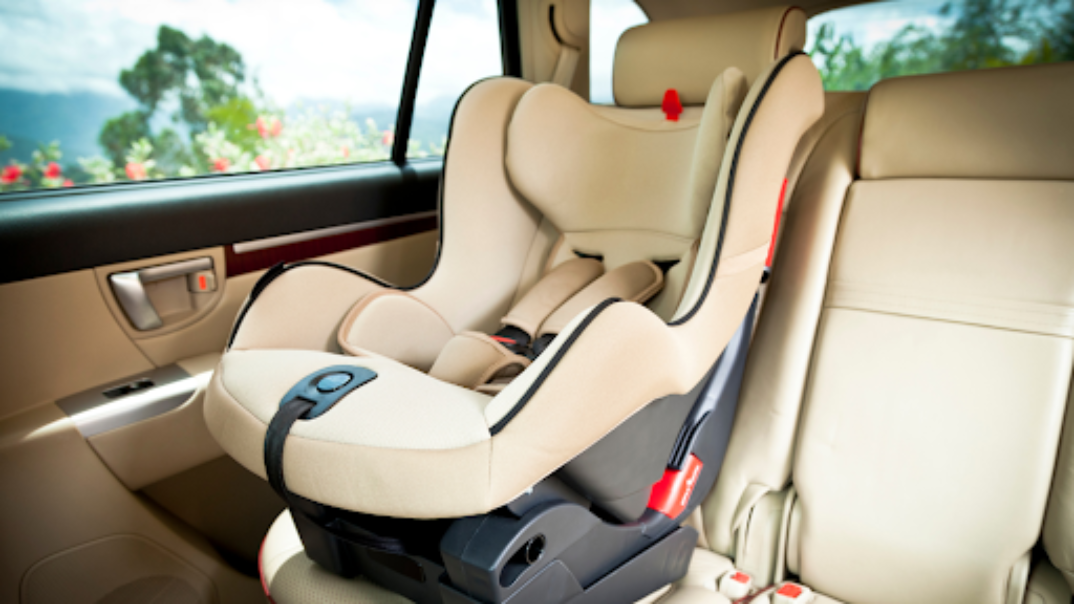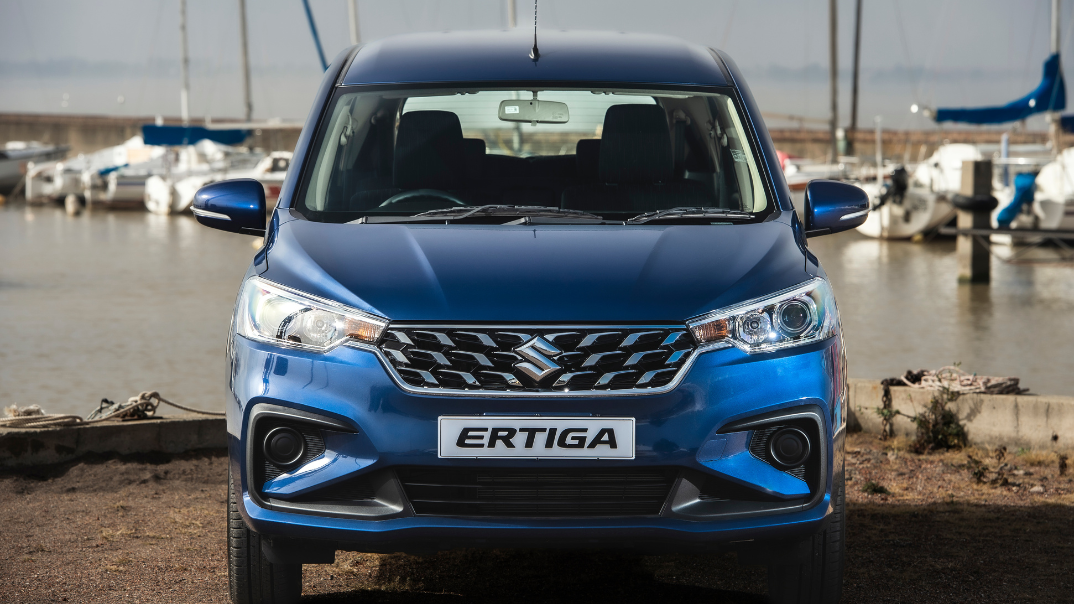Suzuki offers excellent warranty and service plans across its entire range of vehicles, but there are things each car owner should be doing regularly to keep both themselves and their cars safe.
Car safety checks need to be broken down into daily, weekly, monthly and annual checks. Most of these are very simple and take only seconds to complete.
Daily Safety Checks For Your Car
1. Walk the long way around to your car. By going around the car in a parking lot you can do a quick visual inspection of the tyres, spot any damage from parking lot trolleys or dings in the door from the car parked next to you, broken headlight or indicator lenses, and any chips on the windscreen.2. At home, pause for a moment when you reverse out of your garage and look for fresh oil or water on the ground.
3. Check that your licence disk is still valid and correctly affixed to the windscreen.
4. Carefully watch the lights when starting the car – all of the engine check, oil and coolant levels, battery, brake and ignition lights should come on briefly, then go off. If any of the warning lights remain on this indicates a problem and should be attended to immediately.
Top tip: Yellow and Red coloured lights indicate warnings and must be attended to immediately. Blue lights on your instrument cluster are for information purposes in the case of the high-beam "brights" being switched on or the engine warm-up light...
Weekly Safety Checks For Your Car
- Fluids: The oil, water and windscreen washer levels should be checked every week. Ideally, the oil should be checked before the engine is fully up to temperature, so plan to stop at your local service station to refuel before heading to work or shopping.
While it is easy enough for you to do these checks at home, all service station attendants are trained to do this while the fuel is being pumped. - Tyres: It is vital to keep tyres at the correct manufacturer-recommended pressure (see the owner’s manual or inside the driver’s door). This is best done when they have not yet warmed to full operating temperature.
At the same time, check the tyre pressure of the spare. (Also check the full toolkit is still in place.) - Windscreen wipers: These should provide a clean and clear sweep of your windscreen. If it is smeared or streaky, the wiper blades probably need replacement.
- Cleanliness. Bug splatter, bird droppings and tree sap can all corrode paint when left on your car too long. This will diminish your car’s value and accelerate rusting. If you live in a cold climate or near the ocean, salt is your car’s worst nightmare. It gets into nooks in your wheel wells and undercarriage, slowly eating your car’s frame. Rinse your car free of salt regularly.
A clean car also shows up those minor dings and other damage far more easily. - Under the bonnet. Open the bonnet and have a look at the battery – check the cables are still tight and there is no buildup of material around the terminal. Tighten the cable clamps if needed, but take the car to your dealer to check any other issues.
Make a visual inspection of the visible hoses and belts for any signs of fraying.
Monthly Safety Checks For Your Car
- Hooter: You might not have used yours in a while so check it is working for when you do need it.
- Interior Lights: Make sure all the lights are working and are sufficiently bright to suit their purpose. Some are really easy to change while others may need to be done by the dealer, so it is important to keep a list of things that need attention to give to the dealer when the car is serviced.
- Doors and windows/locks and latches: Even though you use your car daily, it is worth taking time to do a proper check to ensure all doors, bonnet and boot close tightly and do not rattle or feel loose.
- Lights: Check all the lights – headlights (on main and dip beam) are working along with the indicators and brake lights. Bulbs do fail and this might not be immediately apparent while driving, but safety should come first.
- Licence Plate and Mounting: Rough roads and general wear and tear can loosen the number plate or the mounting bracket so it is worth checking – rather than getting a fine.
- Brakes: With the engine off, depress the brake pedal firmly and then turn the engine on. The pedal should travel down slightly. If not, or if it moves a lot, have the brake pads and brake fluid checked by your dealer.
- Wheel balance/alignment: Check to see if your vehicle’s tyres are wearing evenly. Uneven wear may indicate a worn steering or suspension component. It may also point to an over or under-inflated tyre or bad wheel alignment/balancing.
- Shock absorbers: The shock absorbers do more than just provide a comfortable ride and are critical to keeping the tyres firmly on the ground. If your car dips noticeably under braking or going into a corner, there is a good chance one or more shock absorbers need replacing. A simple check is to press firmly on each corner of the car in turn – if the resistance is strong, things look good. A soft feel means you need to have the shock absorber checked.
Don’t forget to service your car!
While you may do all the daily, weekly and monthly checks, also remember to service your car at your closest Suzuki dealer. Your first service should occur at 15 000 km or once a year (whichever comes first), then every 15 000 km or once a year (again, whichever comes first) after that. Suzuki Boosterjet engines are slightly different in that – because they have a turbo charger, the services should be at intervals of 10 000 km or one year, whichever comes first. Suzuki Drivers can book their service online - follow this link to get started.
For more information on how to keep yourself and your family safe download our ultimate guide to road safety here!


.png)
